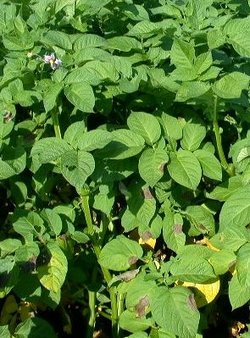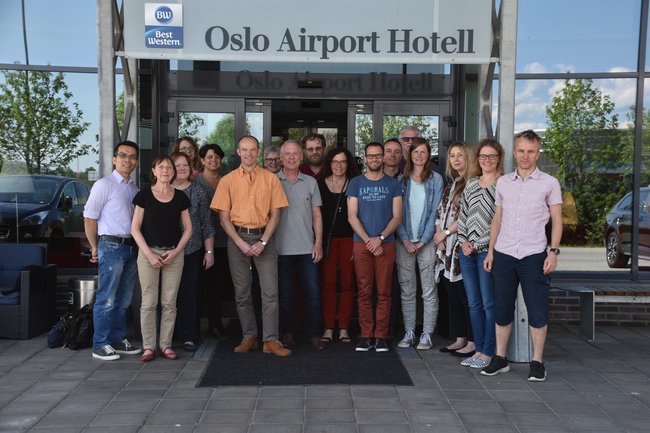IPMBLIGHT2.0

Late blight, caused by Phytophthora infestans, remains the major threat to potato crops in Europe, and a main reason for pesticide use. Despite the release of resistant cultivars and the implementation of modern DSS operated from web platforms or mobile apps, integrated management of late blight still relies heavily on many fungicide applications (up to 25 per season in some regions). The need is thus obvious to develop strategies that take full advantage of alternative options for more sustainable crop protection and better fungicide stewardship. To be sustainable and adopted, such strategies must be tailored to the variability of P. infestans populations and their rapid evolution - the IPM 2.0 concept. This in turn supposes that pathogen populations be monitored for both genotypes and phenotypes, including virulence, aggressiveness and fungicide sensitivity.
IPMBlight 2.0 aims at validating the IPM 2.0 concept, with potato late blight as a case study. To this end, it will analyze genotypic (WP1) and phenotypic (WP2) variation in reference collections of the pathogen sampled from sexual and clonal populations collected in partner countries, and develop new DSS models while adjusting existing ones to offer risk assessment based on both epidemiological, weather-driven infection likelihood and pathogen phenotypes (WP3). The new DSS modules will therefore be able to best inform tactical choices (‘should I spray now?’) and strategic decisions (‘can I trust this resistant cultivar? how can I adjust my spraying schedule accordingly?) for improved late blight control.
The project builds on the monitoring activities carried out within EuroBlight, and complements them by providing critical, but currently unavailable phenotypic data. EuroBlight is a large collaborative network of scientists, breeders, agrochemical industries, DSS developers and extension specialists dedicated to improved blight control, which has been active for over 20 years. IPMBlight 2.0 will use the IT platforms and population typing protocols, developed and validated within EuroBlight, to generate and disseminate original data and analyses on pathogen evolution, improved open-source DSS models and to establish a reference network of laboratories able to track new emergences within European P. infestans populations. Through its international links, IPMBlight 2.0 will also provide updated information regarding the connections between European and global populations of the late blight pathogen.

